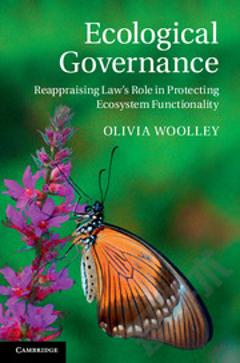Role of the Environmental Protection Agency in Protecting Children's Health: Assessments
Scientific studies have shown that because children’s bodies are still developing, they can be more vulnerable than adults to certain environmental hazards, including air pollutants, pesticide residues on food, contaminants in drinking water, and toxic chemicals in the home. The Environmental Protection Agency (EPA) has made protecting children’s health part of its mission by establishing a policy in 1995 to ensure that the agency consistently considers children in its actions and creating The Office of Children’s Health Protection (OCHP) to support those efforts. In a 2010 report, the Government Accountability Office (GAO) found that the EPA had not fully utilized OCHP and other child-focused resources to protect children’s health. This book examines (1) the extent to which the EPA has implemented the GAO’s 2010 recommendations on children’s health protection and (2) the role, if any, that OCHP has played in ensuring that key EPA program offices consider children’s health protection in their regulatory activities. The report also describes how OCHP has worked with external partners to leverage its resources.
{{comment.content}}








 京公网安备 11010802027623号
京公网安备 11010802027623号